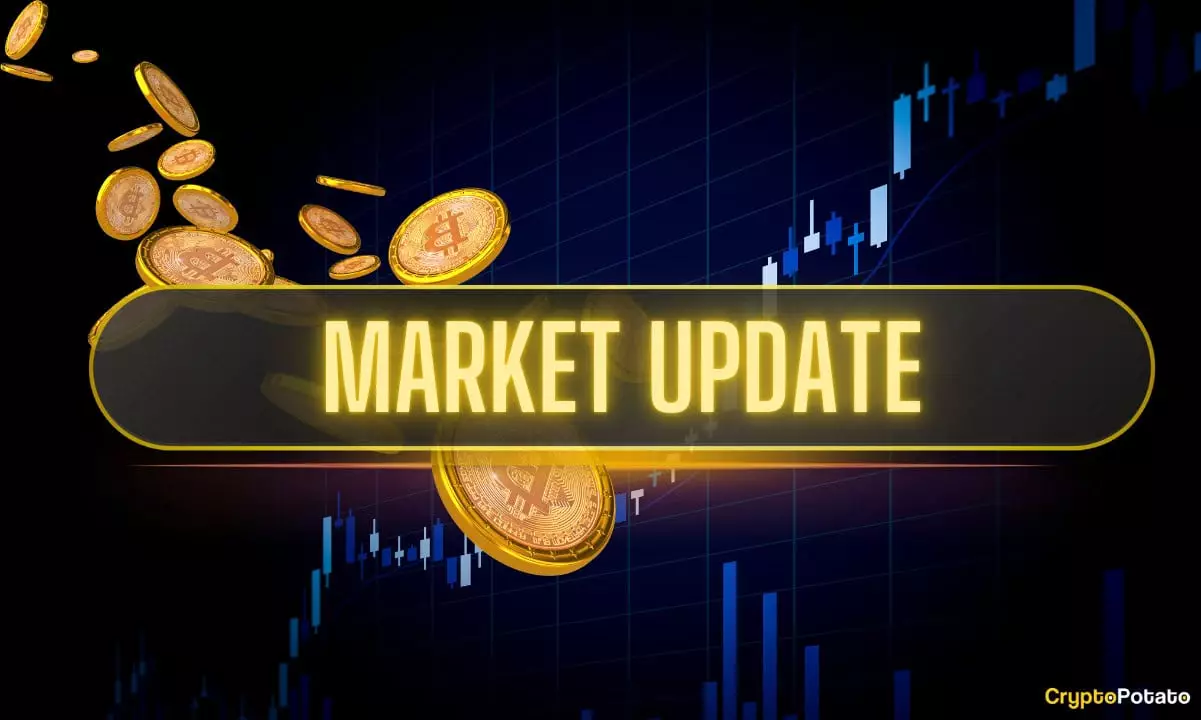Last week was a perfect example of how deceptive cryptocurrency market tranquility can be. On a surface level, Bitcoin barely moved over the course of seven days, trading nearly flat on the weekly chart. But beneath that calm lay an explosive series of events that vividly reminded investors that this market is still deeply vulnerable to geopolitical shocks and speculative panic. Bitcoin plunged below $100,000 for the first time in weeks, wiping out over $1 billion in leveraged positions and dragging much of the altcoin sector downward by as much as 10%. This sort of volatility is not merely “noise”—it’s a wake-up call that despite growing institutional interest, the crypto ecosystem remains fragile and reactive, notably tethered to crises well beyond its own sphere.
Geopolitics: The Uncontrollable Market Catalyst
The Saudi-Israel conflict and consequent US military escalation starkly demonstrated how dependent crypto is on geopolitical stability. The sudden plunge came on news of US strikes against Iran’s nuclear capabilities, with panic selling triggered by fears of a spiraling regional war. Yet, the rapid de-escalation, seemingly facilitated by a carefully orchestrated Iranian response and a ceasefire announced by President Trump, led to a sharp rebound in Bitcoin, climbing back toward $108,000. This episode underscores a critical truth: crypto markets today do not exist in isolation but are enmeshed with global political risk. The rapid back-and-forth swings tied to international relations challenge the narrative that decentralized digital assets are impervious to traditional world events.
Bitcoin’s Dominance Is Both a Blessing and a Curse
While the entire crypto sphere was jolted, Bitcoin’s relative resilience is notable—and yet double-edged. With altcoins sinking as much as 10% and Bitcoin only sliding slightly, the top crypto has consolidated even more dominance, crossing 62% market share. This concentration around Bitcoin reduces systemic risk for crypto as a whole, but simultaneously hampers innovation and diversification by funneling capital into a single asset. The altcoin punishment also reflects a persistent pattern: smaller tokens remain highly vulnerable to market shocks and investor flight to safety. If the market continues like this, Bitcoin’s triumphant position may turn into a bottleneck for broader crypto adoption.
The Illusion of Mass Adoption: Mastercard’s Partnership and Its Limits
On the adoption front, Mastercard’s announcement of a partnership with Chainlink to enable 3 billion cardholders to purchase crypto appears to be a beacon of progress. On paper, this is exactly the kind of collaboration that could propel crypto from niche speculative asset to everyday utility. Yet, one has to be skeptical about how transformative this actually will be in the short term. Past initiatives involving major payment providers have often overpromised and underdelivered due to regulatory hurdles, infrastructural limitations, and persistent volatility. While Mastercard’s move certainly nudges the needle on normalization, the complex regulatory and technological challenges looming over cryptocurrencies remain massive barriers to genuine mainstream integration. Excitement about partnerships must be tempered with realism about what adoption truly entails.
Legal Battles Like Ripple vs. SEC Show the Immaturity of Crypto Regulation
Adding another layer of uncertainty is the protracted legal battle between Ripple and the US Securities and Exchange Commission (SEC). Once expected to reach a resolution, the judge’s rejection of the parties’ indicative ruling motion extends the conflict indefinitely. This drags out regulatory ambiguity, signaling to investors and projects alike that the crypto regulatory regime remains a murky swamp rather than a clear framework. Ripple now faces the difficult choice of continuing a costly legal battle or abandoning its appeal, while investors are left holding tokens whose status remains in limbo. This saga highlights a core weakness in the crypto space: until regulatory clarity is achieved, legal risks will remain a drag on adoption and institutional confidence.
On-Chain Metrics Offer Hope but Demand Cautious Optimism
Despite these multifaceted challenges, on-chain data paints an intriguing picture. Market participants have recently absorbed an enormous quantity of Bitcoin—roughly 720,000 coins—chiefly offloaded by newer holders. Traditionally, such accumulation by long-term holders serves as a bullish harbinger, often preceding sharp rallies. The rising ratio of long-term to short-term holders also supports this positive outlook. However, history’s failure to perfectly repeat itself means these indicators are suggestive, not guaranteed signals. Crypto’s notorious unpredictability demands investors maintain cautious optimism rather than blind bullishness. The market’s ability to absorb shocks without catastrophic crash this time is encouraging, but the next geopolitical spark or regulatory blow could quickly change the story.
A Center-Right Perspective on Crypto’s Current Crossroads
From a center-right liberal viewpoint, the events of the past week underscore the need for measured, pragmatic policies toward crypto. The marriage of innovation and risk in digital currencies requires a regulatory approach that protects investors and maintains market integrity without stifling entrepreneurial dynamism. Governments must avoid heavy-handed intervention born of fear or political grandstanding, instead fostering transparency and stability through clear frameworks. At the same time, investors and companies cannot expect crypto to be an unchecked Wild West domain immune to the world’s geopolitical realities or legal systems. Mature market functioning demands both freedom and responsible oversight. The past week’s turbulence, while unsettling, offers a roadmap for what sensible, center-right policy must target: balance, accountability, and the fostering of sustainable growth over speculative frenzy.
















Leave a Reply